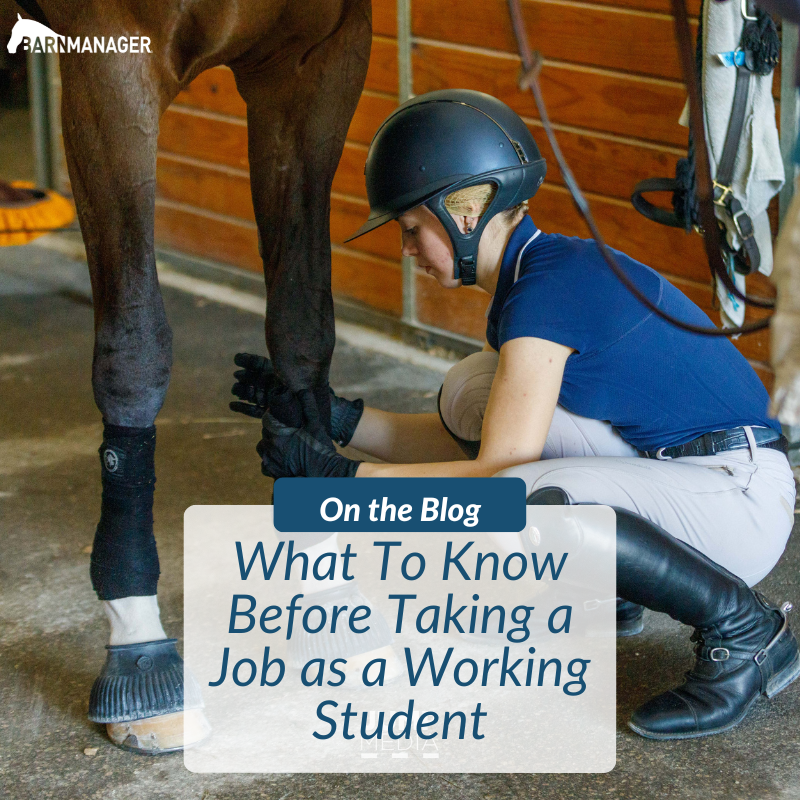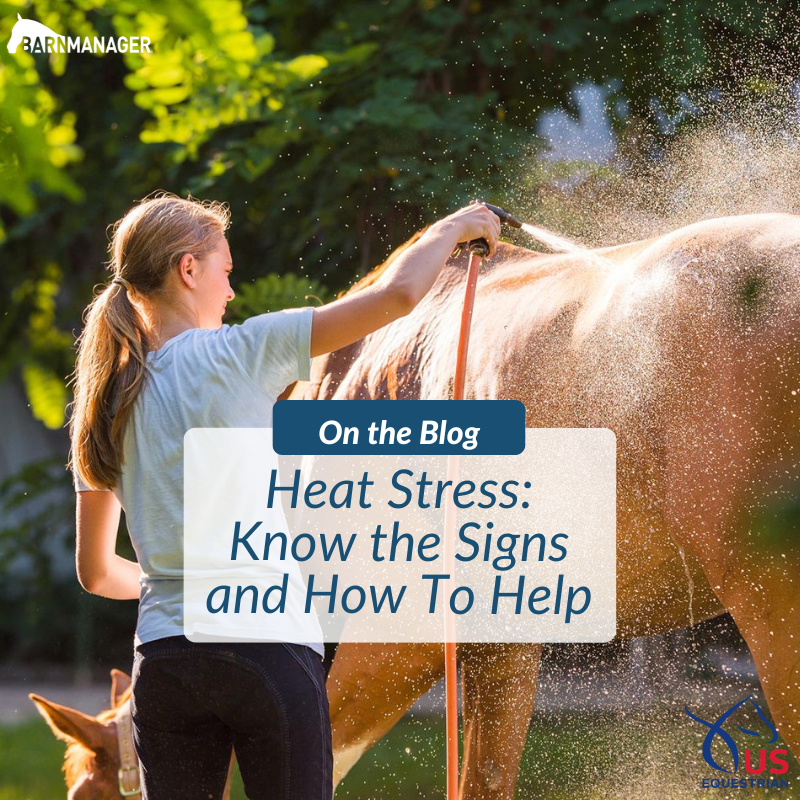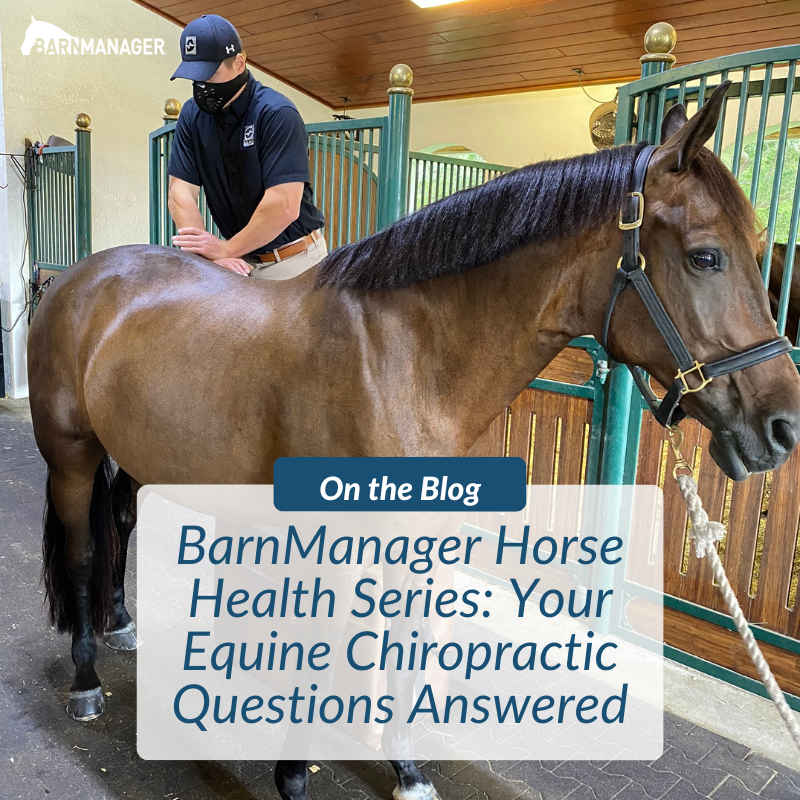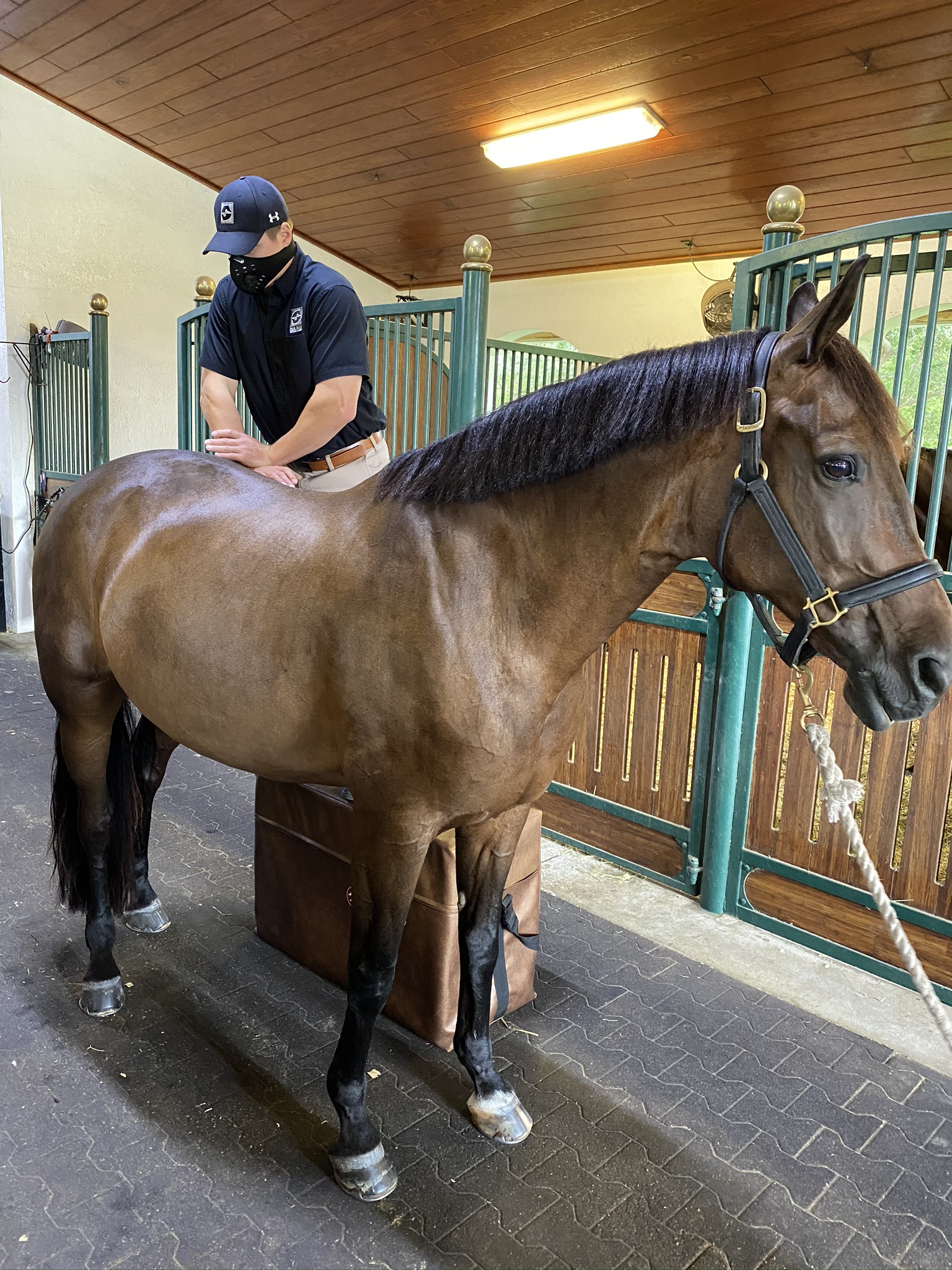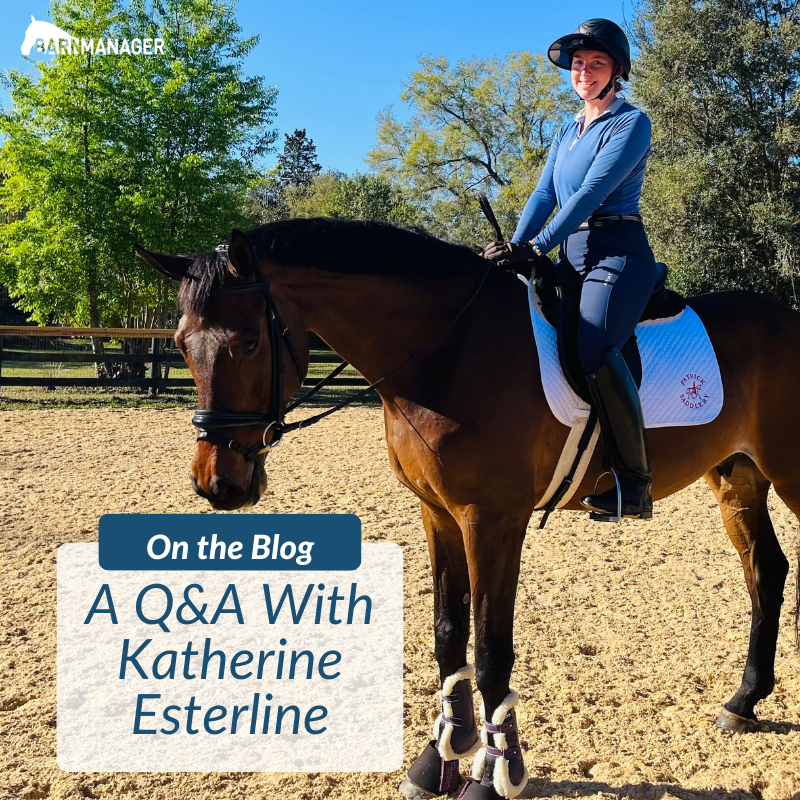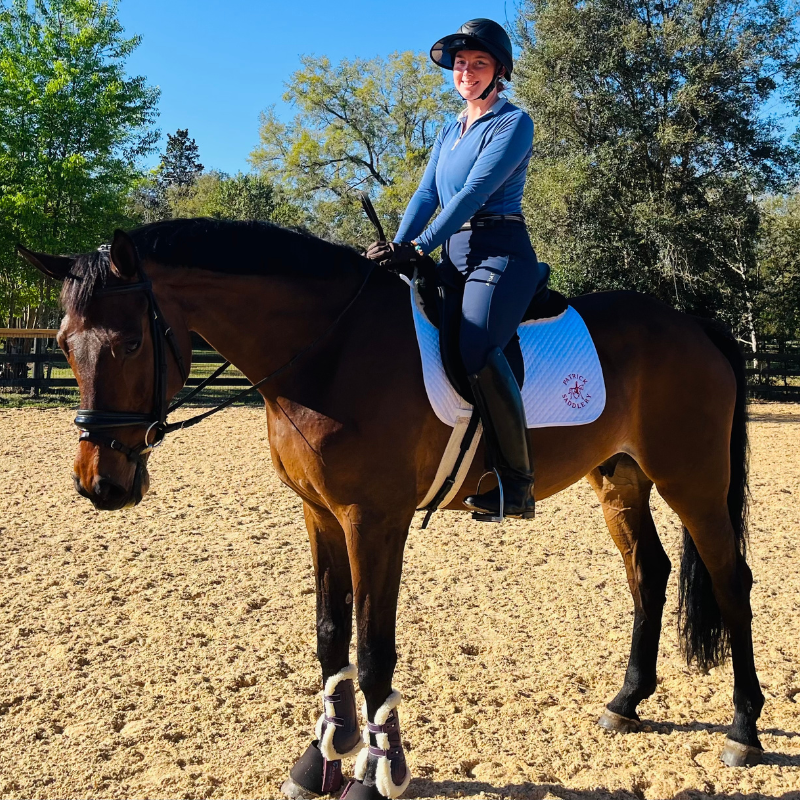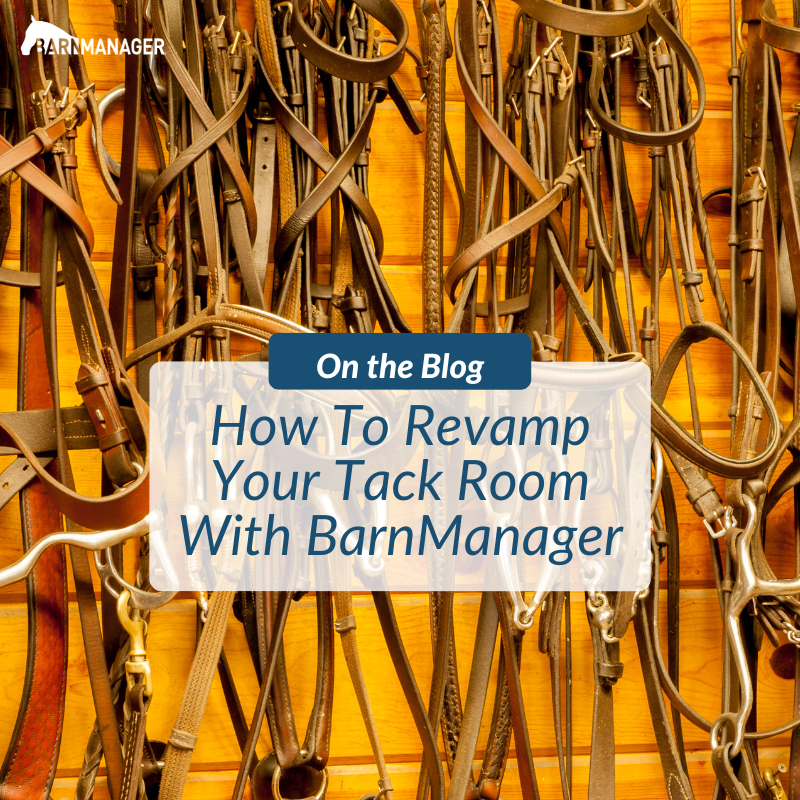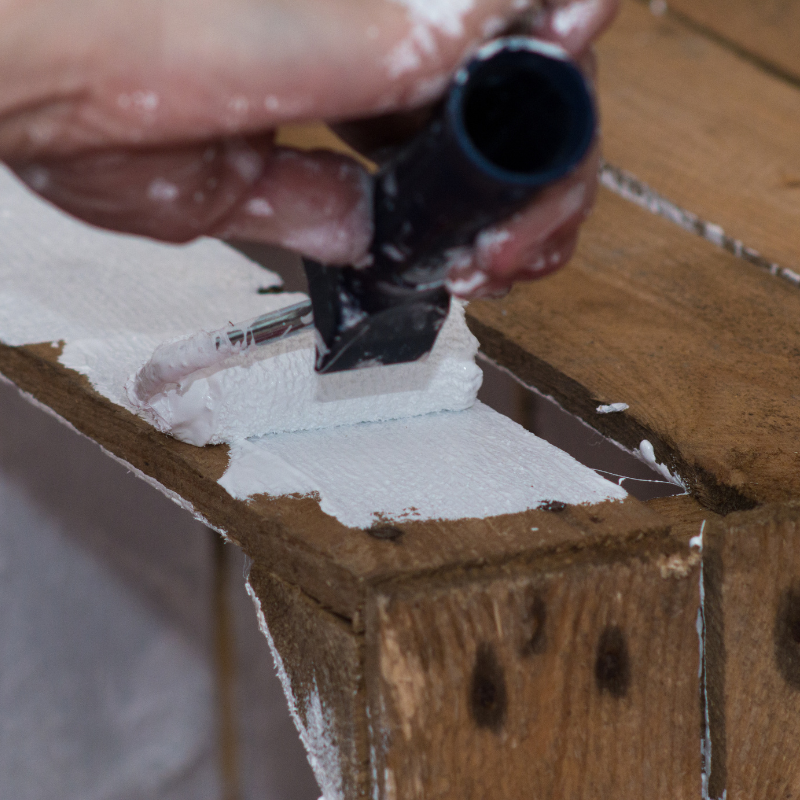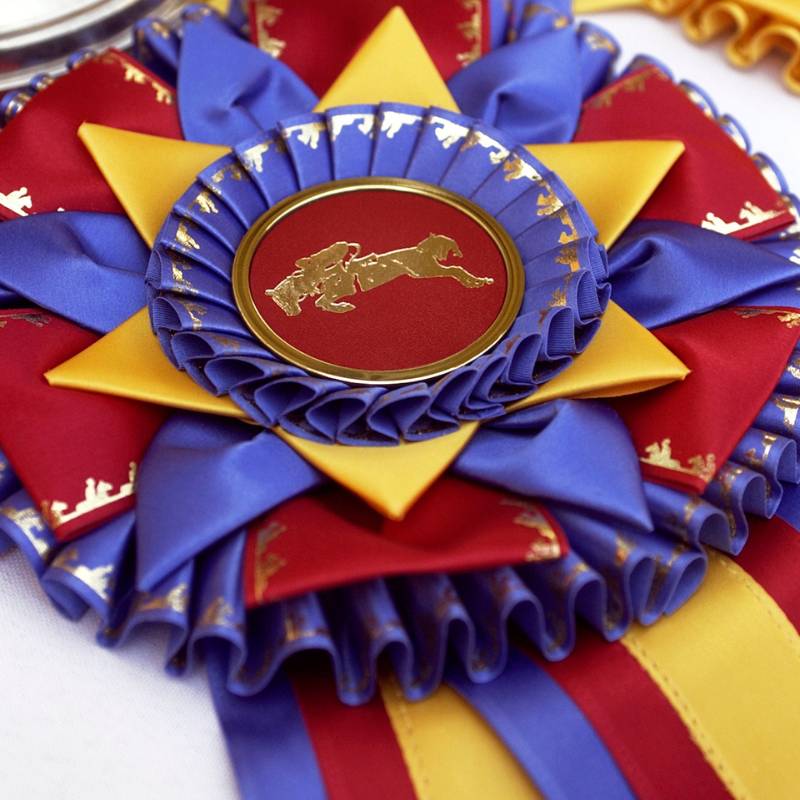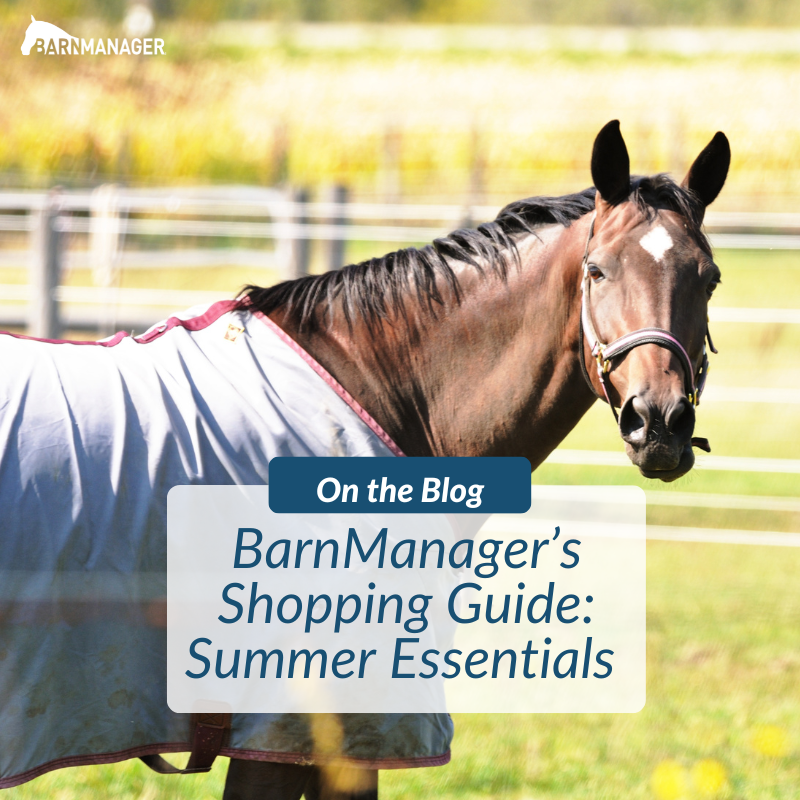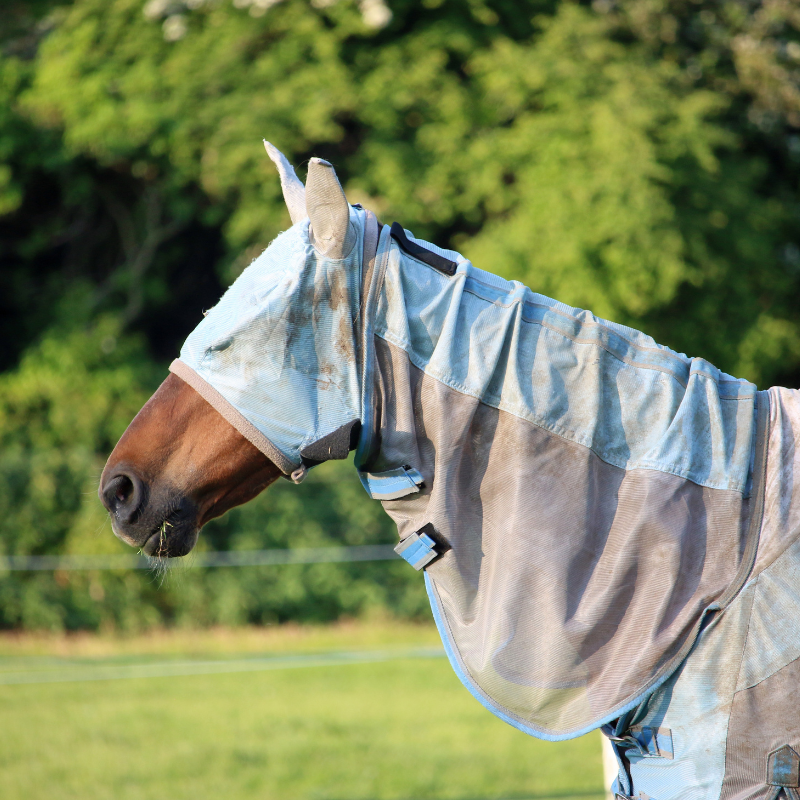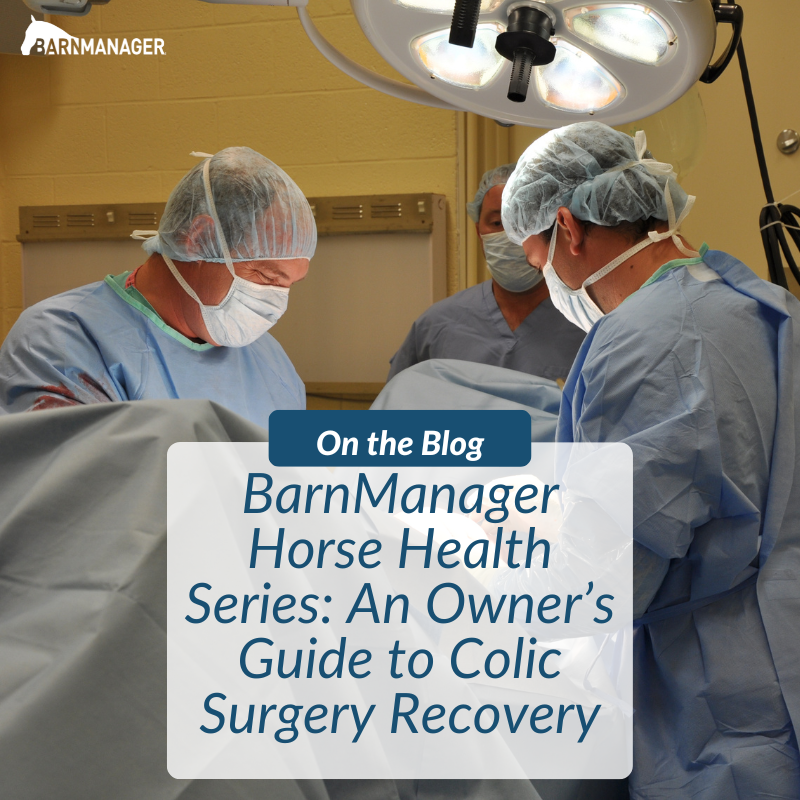Summer is a wonderful time to hang around at the barn. There are also lots of productive and fun jobs you can do with your friends while enjoying the warm weather. Keep reading to learn about BarnManager’s favorite activities to do at the barn during the summer.
Paint Jumps
Summer is a great time to repaint jumps. Start by gathering your standards, poles, and planks together so you can easily make a plan for the colors and patterns you want for everything. Set aside any wooden boxes or jump fill that need touching up as well. This is a great activity to do at the end of the day when everyone is done riding. You can order a pizza and make it an afternoon painting party. Also, remember to check the weather forecast so your freshly painted jumps can dry safely overnight.
Revamp Flower Boxes
Flower boxes often take a beating in the ring. Begin by checking to see if any need repairs. Wash them thoroughly by removing any flowers that can be separated from the boxes. Do your cleaning in the wash stall or outdoors so you can really scrub off dirt and footing from the larger pieces. If the boxes are wooden, it may be a good idea to repaint them. Consider purchasing some new fake flowers online or at a discount store to replace any that are getting old. It’s also a great time to replace old and worn-out green felt or turf that covers hunter poles or boxes.
Take a Group Trail Ride
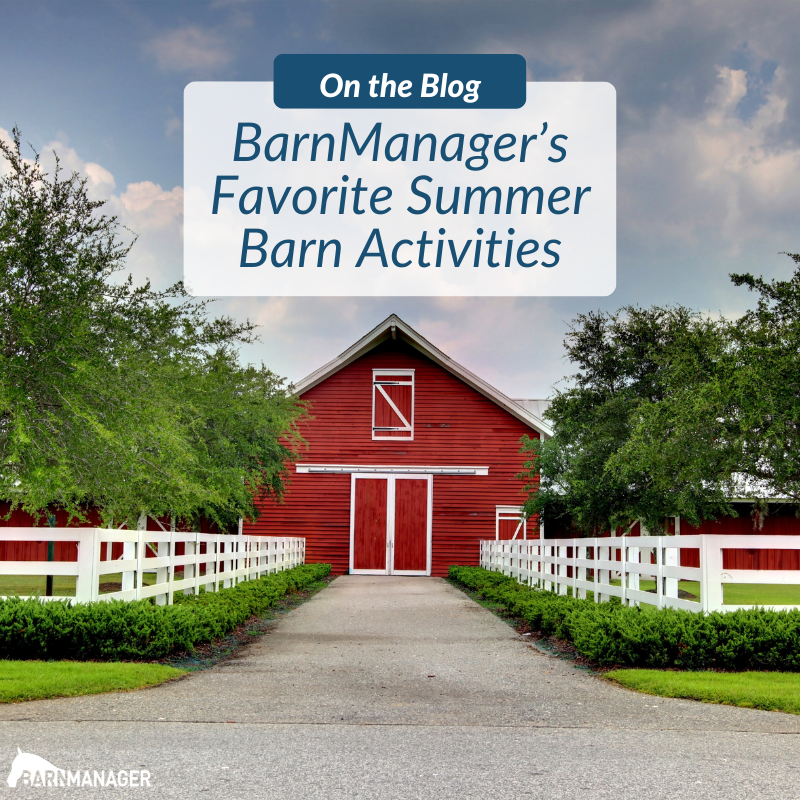
Take advantage of the warm weather and plan a trail ride. This a great barn family bonding activity and a nice opportunity for the horses to enjoy time outside of the arena. You can also organize a group lunch or picnic after the trail ride back at the barn.
Plant Flowers Around the Barn
Spruce up the outside of the barn by planting some flowers. You can either purchase pots to put them in or plant them in the ground if you have a nice area in mind. If you really want to go all out, consider setting up a vegetable garden. Of course, make sure to plant a lot of carrots for the horses!
Plan a Photoshoot
Pick a nice summer afternoon to stage a photoshoot with some of your barn friends. Although hiring a professional photographer is an option, you can also take turns going behind the camera yourself. Even if you do not have professional equipment, iPhones can take great photos with proper editing.
Make Horse Popsicles
It’s always nice to have a cool popsicle waiting for you after a ride in the summer heat. This summer, try creating this treat for your horse to enjoy too. Popsicles for horses are easy to make and a great way to help them stay hydrated. Be sure all of the ingredients you use are safe for horses to eat. There are many variations of horse popsicles online with easy recipes to follow. Check out a few horse popsicle recipes HERE.
Summer always goes by too fast so make sure you are taking full advantage of the warm weather and sunshine and enjoy the time with your horse and barn friends.
Have questions about utilizing BarnManager or want to give it a try for yourself? Request a live demo here!
